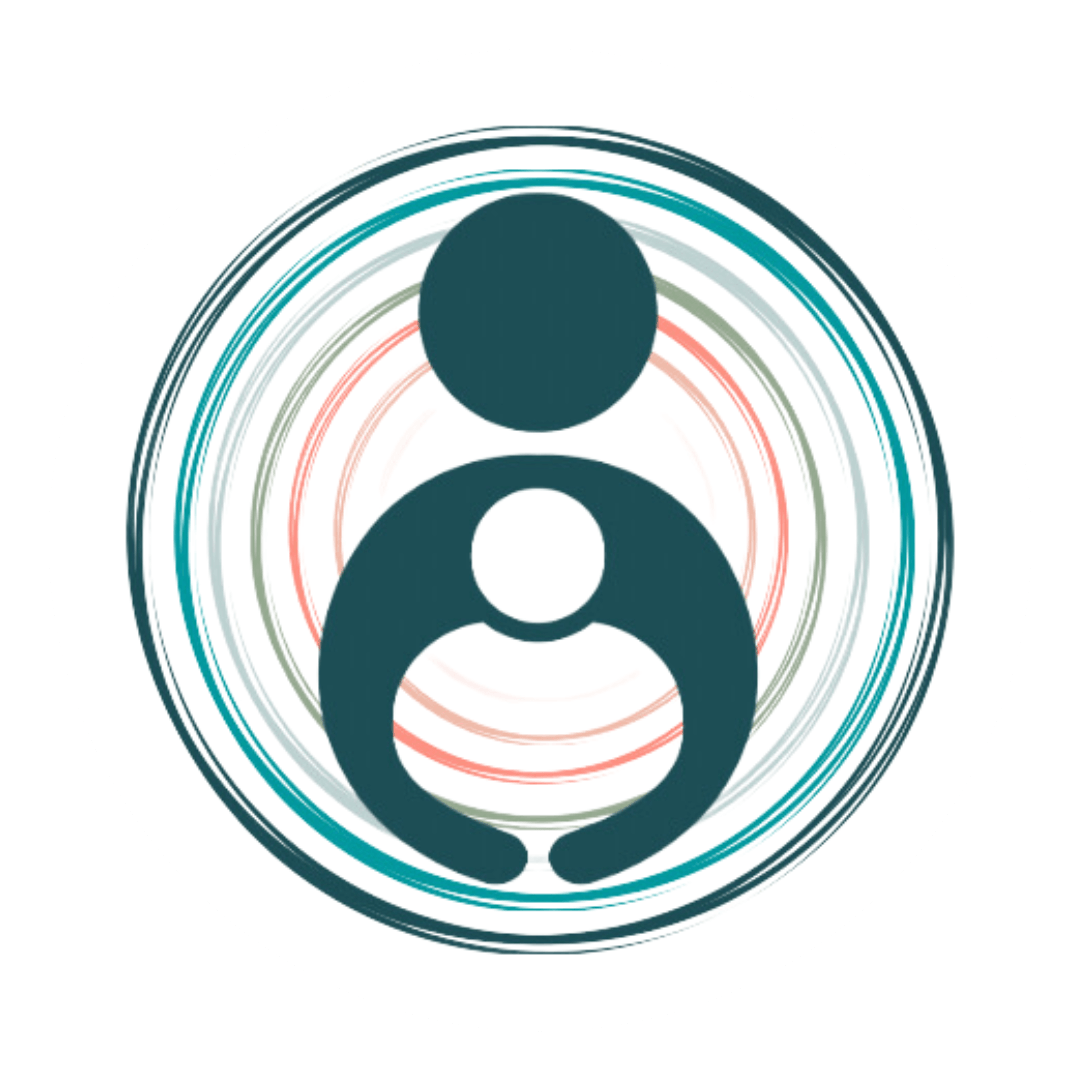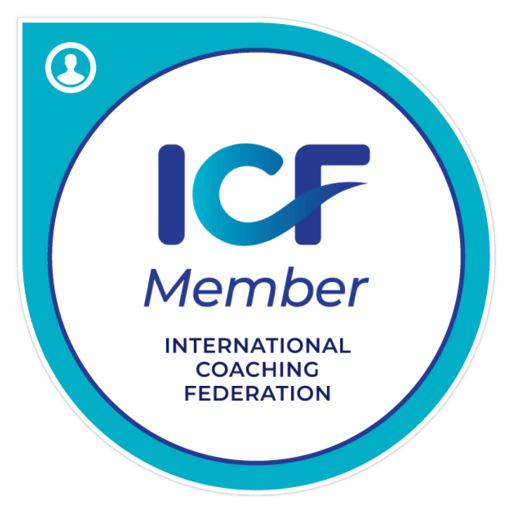Understanding the 9 Domains of Integration from Dr. Dan Siegel’s Interpersonal Neurobiology
Note: This post may contain affiliate links. If you purchase a product through one of these links, you won’t pay anything extra, but I will get a small commission, which helps keep this blog going. Thank you for supporting Your Conscious Parent Community!
Integration is a cornerstone of Dr. Dan Siegel’s Interpersonal Neurobiology (IPNB), a multidisciplinary approach to understanding the mind and relationships. At its heart, integration refers to the process of linking differentiated parts to create a harmonious whole. When integration occurs, there is flexibility, adaptability, coherence, energy, and stability. Without it, we experience either chaos or rigidity—two extremes that signal disconnection and dysfunction.
The Importance of Integration
Imagine a river flowing smoothly between two banks: one representing chaos and the other rigidity. When we’re in the flow, we feel balanced and able to respond flexibly to life’s challenges. But when integration falters, we veer off into the turbulent waters of chaos or the stagnation of rigidity. Integration helps us create a sense of well-being, fostering healthy relationships, mental clarity, and emotional resilience.

Graphic borrowed from: River of Integration. Illustration by Madeleine Welch Siegel. From Aware: The Science and Practice of Presence by Daniel J. Siegel.
Dr. Siegel’s 9 Domains of Integration provide a roadmap for cultivating a well-integrated mind. Each domain offers insights into specific aspects of our mental and relational health, along with practical ways to nurture integration in daily life.
1. Integration of Consciousness
This domain involves becoming aware of our thoughts, feelings, sensations, and perceptions, allowing us to better understand our inner world.
Practical Steps:
Practice mindfulness meditation to increase awareness of your present moment experience.
Keep a journal to explore your thoughts and emotions without judgment.
Use grounding techniques, such as deep breathing or focusing on physical sensations, to stay connected to the here and now.
2. Bilateral Integration
Bilateral integration refers to linking the left (logical) and right (emotional) hemispheres of the brain. This allows us to process experiences holistically.
Practical Steps:
Engage in creative activities like drawing, music, or dance to activate the right brain, while also reflecting or writing to engage the left brain.
Practice storytelling, which integrates logic and emotion by organizing experiences into a coherent narrative.
Alternate movements, such as yoga or bilateral tapping, to stimulate both hemispheres.
3. Vertical Integration
Vertical integration connects the body and the brain, fostering a stronger mind-body connection.
Practical Steps:
Engage in body-based practices such as yoga, tai chi, or Pilates to tune into your physical sensations.
Practice mindful eating, paying attention to taste, texture, and hunger cues.
Use body scans to bring awareness to different parts of your body and release tension.
4. Memory Integration
This domain involves linking implicit (unconscious) and explicit (conscious) memories to create a cohesive narrative of our past.
Practical Steps:
Reflect on significant life events and explore their impact through journaling or therapy.
Use guided visualization to revisit unresolved memories and reframe them with compassion.
Share your stories with a trusted friend or therapist to process and integrate them.
5. Narrative Integration
Narrative integration is about making sense of our life story in a way that feels coherent and meaningful.
Practical Steps:
Write a timeline of your life, noting key events and how they’ve shaped who you are.
Identify recurring themes or patterns in your story and reflect on how they’ve influenced your beliefs.
Reframe challenging experiences by focusing on growth and resilience.
6. State Integration
We all have different mental states (e.g., joyful, angry, anxious). State integration helps us honor these states while maintaining a stable sense of self.
Practical Steps:
Name your emotional states when they arise (“I’m feeling frustrated right now”).
Practice self-compassion by accepting all parts of yourself without judgment.
Create rituals to transition between states, such as a calming evening routine after a stressful day.
7. Interpersonal Integration
This domain involves balancing our individuality with healthy connections to others.
Practical Steps:
Practice active listening in conversations, focusing on understanding rather than responding.
Set boundaries that honor your needs while respecting others’.
Engage in collaborative activities, such as volunteering or team sports, to strengthen relational bonds.
8. Temporal Integration
Temporal integration helps us understand how past, present, and future influence our lives and decisions.
Practical Steps:
Reflect on how past experiences shape your current behavior and choices.
Set short- and long-term goals to align your present actions with your future aspirations.
Practice gratitude to stay grounded in the present while acknowledging past blessings and future hopes.
9. Transpirational Integration
This domain involves connecting with something larger than ourselves, whether through spirituality, nature, or community.
Practical Steps:
Spend time in nature to cultivate a sense of awe and interconnectedness.
Engage in practices like prayer, meditation, or yoga that foster spiritual growth.
Volunteer or participate in community activities to contribute to a greater cause.


Graphic borrowed from: https://greenlightheidi.com/core-ipnb-charts/
Final Thoughts
The 9 Domains of Integration offer a framework for creating balance and harmony in our inner and outer lives. By addressing each domain, we can foster a deeper sense of well-being and build stronger connections with ourselves and others. Integration is not a destination but a lifelong journey of growth, healing, and connection. Start small, choose one domain to focus on, and watch as the ripple effects transform your life.
Support for the Journey: Transformational Parenting Program
Parenting can feel overwhelming, but you don’t have to do it alone. The Transformational Parenting Program is designed to empower parents with tools to understand and address their child’s needs at a deeper level.
Over 6 weeks, we explore:
Nervous system regulation for you and your child.
Attachment-based approaches to parenting.
How to hold boundaries with empathy and confidence.
Tools for understanding and addressing your child’s unique behavior.
Through personalized coaching and a supportive community, you’ll feel equipped to navigate big emotions and challenging behaviors with compassion and clarity.
Cohorts begin each quarter or you can go at your own pace. Join us and transform your parenting journey from reactive to intentional. Learn more here!

Hi there, I'm Kayla!
I am an accredited coach and I'm passionate helping parents have more confidence, connection and joy in parenting!
My background in education, Interpersonal Neurobiology, and Somatic Trauma Healing, along with my years living abroad, give me a unique perspective to support you to break generational cycles and experience your vision for your family.
JOIN MY MAILING LIST





